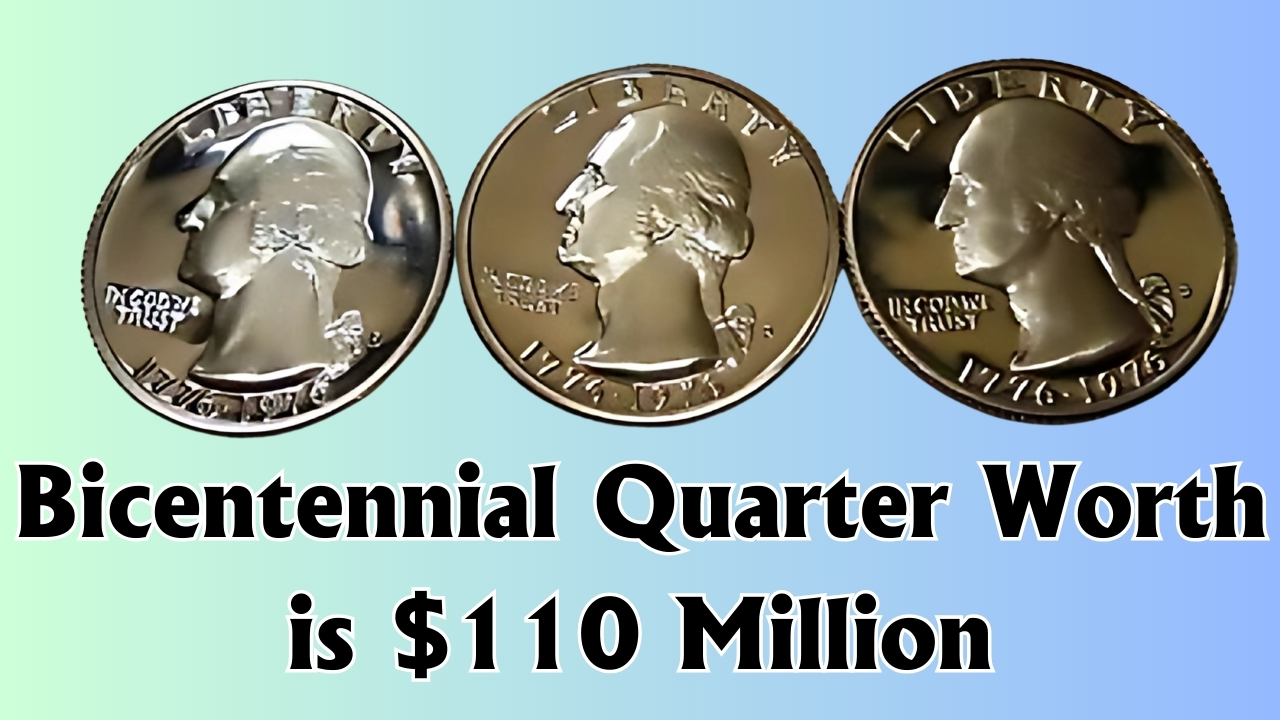The Bicentennial Quarter, minted in 1975 and 1976, is a unique piece of American currency that commemorates the 200th anniversary of the United States.
With its distinctive design and historical significance, collectors and investors alike are interested in understanding its worth.
This article delves into the various aspects of the Bicentennial Quarter, including its history, current market value, investment potential, and tips for collectors.
HISTORY OF THE BICENTENNIAL QUARTER
Minting Background: The U.S. Mint produced over 1.6 billion Bicentennial Quarters across three locations: Philadelphia, Denver, and San Francisco.
The decision to mint these quarters was part of a broader initiative to celebrate the nation’s bicentennial and to encourage the public to use and collect coins.
Design Features: The Bicentennial Quarter features a unique reverse design created by artist Jack Ahr, depicting a colonial drummer boy.
The obverse retains the classic portrait of George Washington. The dual date “1776-1976” signifies the 200-year anniversary of the Declaration of Independence.
CURRENT MARKET VALUE
General Value: Most circulated Bicentennial Quarters are worth their face value of 25 cents. However, uncirculated or proof versions can command higher prices.
For example, uncirculated coins can range from $1 to $5, while proof coins may fetch $10 or more, depending on their condition.
Rare Varieties: Certain variations of the Bicentennial Quarter are particularly valuable. The 1976-S Silver Proof Quarter, minted for collectors, is made of 90% silver and can be worth significantly more, often ranging from $10 to $20, depending on its condition.
Additionally, the 1976-D Doubled Die Quarter, which features a noticeable doubling of the design elements, can sell for hundreds or even thousands of dollars at auction.
INVESTMENT POTENTIAL
Market Trends: The market for rare coins, including the Bicentennial Quarter, has seen a resurgence in interest over the past few years.
Collectors are increasingly turning to social media and online platforms to buy, sell, and trade coins, which has contributed to a growing community of enthusiasts.
Investment Considerations: While many Bicentennial Quarters are common, those with mint errors or in exceptional condition can command significant premiums.
Collectors should focus on acquiring high-grade coins and be aware of the costs associated with grading and authentication.
COLLECTING TIPS
Inspect Your Coins: When examining your Bicentennial Quarters, check for mint marks, which indicate where the coin was minted. Coins from the San Francisco Mint will have an “S” mint mark, while those from Denver will have a “D.”
Educate Yourself: Understanding coin grading is crucial for collectors. Coins are graded on a scale from 1 to 70, with higher numbers indicating better condition. Familiarize yourself with the grading process and the specific characteristics that make certain Bicentennial Quarters valuable.
Buy from Reputable Dealers: To ensure authenticity, purchase coins from recognized numismatic dealers or reputable online platforms. Look for dealers who are members of professional organizations, such as the American Numismatic Association (ANA).
Join Collecting Communities: Engaging with other collectors can provide valuable insights and opportunities. Online forums, social media groups, and local coin clubs are excellent resources for learning more about the market and connecting with fellow enthusiasts.
RARE VARIETIES AND ERRORS
Doubled Die Error: The 1976-D Doubled Die Quarter is one of the most sought-after varieties.
This error occurs when a coin is struck twice, resulting in a noticeable doubling of the design elements. Collectors prize these coins for their rarity and unique appearance.
Silver Proof Quarters: The 1976-S Silver Proof Quarter is another valuable variant. Minted specifically for collectors, these coins contain 90% silver, making them more desirable among investors.
Their value can fluctuate based on the current price of silver, but they generally command a premium over their face value.
MARKET DEMAND AND TRENDS
Growing Interest: As the U.S. approaches its 250th anniversary in 2026, interest in Bicentennial memorabilia is likely to increase.
Collectors may seek out these quarters as a way to commemorate the nation’s history and heritage.
Online Auctions and Sales: The rise of online auction platforms has made it easier for collectors to buy and sell coins.
Websites like eBay and specialized numismatic sites provide a marketplace for enthusiasts to find rare varieties and connect with other collectors.
Bicentennial Quarter worth
The Bicentennial Quarter is more than just a piece of currency; it represents a significant moment in American history.
While most circulated quarters are worth their face value, collectors should be on the lookout for rare varieties and errors that can significantly increase in value.
With the growing interest in numismatics and the upcoming anniversary celebrations, the market for Bicentennial Quarters is poised for continued growth.
Whether for personal enjoyment or investment, these quarters offer a fascinating glimpse into America’s past and a valuable opportunity for collectors.
